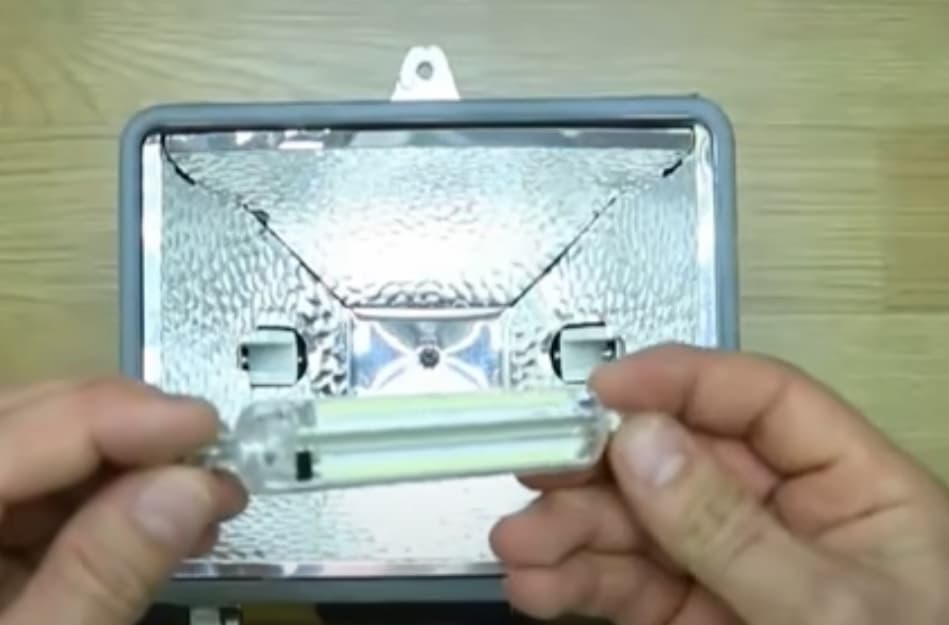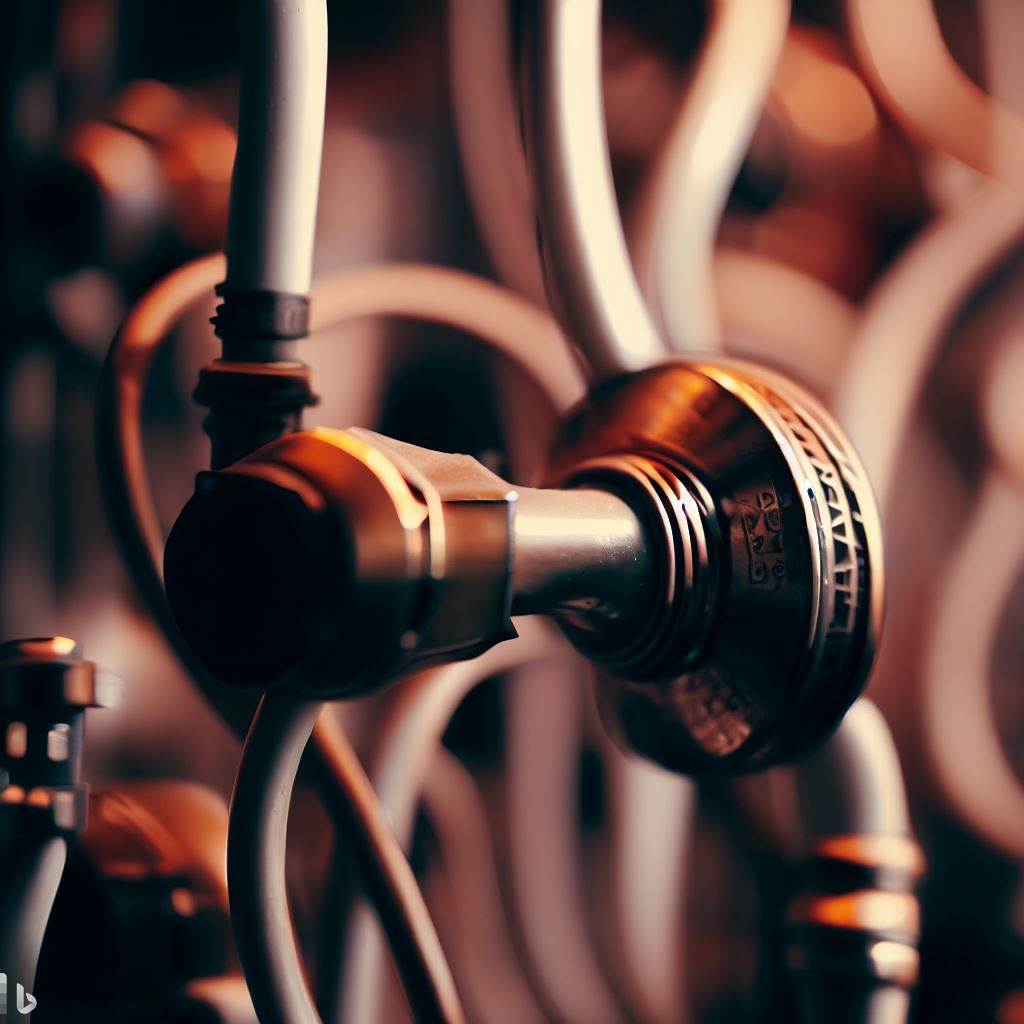
Halogen is less efficient compared to LED. Halogen bulbs waste a lot of energy in creating heat as opposed to producing light.
The heat generated by the device is collected and then re-used for the heating of water, which can happen either with a hot water tank or an electric element that runs on a separate source of electricity. Due to their efficiency, LED lights have quickly become popular among people due to their ability to save up to 80% of electrical costs as compared to a halogen bulb.
LEDs run with low power consumption and they emit very little heat than a halogen bulb. A LED bulb does not contain mercury like halogen and is environmentally friendly too. They have a long life and use far less energy and are usually cheaper.
Led bulbs last up to six times longer than halogen bulbs, which means that people do not have to change the bulbs as often. They can last for up to 50,000 hours of use and are very easy to install. LED bulbs also give out a pleasant white light as opposed to halogens and incandescent light bulb yellow glow.
An Incandescent bulb and halogen bulb both emit warm colour effects while a LED bulb shines bright white light making it look more efficient and brighter.
Halogen bulbs have halogen gas, are heavier and give off a yellow glow while LEDs have white light-emitting diodes making them more efficient and brighter. When it comes to LED vs halogen, LED always wins due to their energy efficiency.
Advantages of LED lights vs Halogen Lights
A LED bulb is more efficient than Halogen bulbs because they give off very little heat and use less power. A led bulb also lasts up to six times longer than Halogen bulbs which mean people don’t have to change them as often. LEDs can also give off a white light and are easier to install.
Halogen bulbs also give off a yellowish glow and are heavier than LEDs.
LED lights are more efficient than any Halogen bulb because they use less electricity, they have a bigger energy efficiency rating and lower power consumption rating. They produce light while saving energy and almost no heat emissions. LED bulbs also emit more light than halogen light bulbs and can last up to 50,000 hours use compared with halogens that can last up to 1,200 hours so people don’t have to change them as often.
They are also expensive with an initial one-off investment of $12 per bulb but will pay back over time because the bulbs don’t die so quickly and are more cost-effective over the long run.
LED lights are more efficient than Halogen because they use less electricity, emit very little heat and last up to six times longer which means that people don’t have to change them as often. Their brightness is also adjustable, unlike halogen bulbs that are on or off only.
LEDs are significantly smaller in size as compared to halogens since they only require a fraction of the electricity that is required by halogens to function
LEDs consume less energy than halogens which makes them more cost-effective because electrical costs will end up being lower when using LEDs. Halogens require a lot of maintenance such as changing burnt-out bulbs, cleaning up dust and getting rid of any heat buildup within the device itself because all excess heat means more energy wasted.
LEDs are made to last longer than halogens since they do not get burnt out as easily and require little maintenance costs which also end up saving a lot in the long run.
Halogen lights have a low lumen per watt rating, unlike smart led bulbs that have a high lumen per watt ratio thus making them more efficient and brighter than halogen bulbs.
LEDs consume less energy compared to halogens, about 80%, which makes electricity bills lower when using LEDs because electrical costs will end up being lower when using LEDs and replacement costs will also be lower.
Disadvantages of LED Lights vs Halogen Lights
LED vs halogen light has some disadvantages such as their initial one-off investment which costs more per bulb but will pay back over time because the bulbs don’t die so quickly plus they need to be replaced more often.
Advantages of Halogen Lights vs LED Lights
Halogen vs led bulbs have some advantages such as not needing to be replaced as often.
Halogens are cheaper than LED lights and easily accessible due to their widespread usage in many homes worldwide.
Their yellowish glow is also pleasing to the eye and bright enough for most tasks.
Disadvantages of Halogen Lights vs LED Lights
Halogen lighting emits more heat than LED lights and are therefore less energy efficient. LED bulbs are also expensive, but their cost is offset by their efficiency as they save up to 80% of electricity costs over a period of time have a longer lifespan.
Halogen bulbs lose around 30% of their light power through heat radiation while LED lights only waste a very minimal amount of power because of their incredible efficiency level.
LED lights bulbs have initial one-off investment but will pay back over time because they use less electricity and their lifespan is longer than halogens plus they are brighter with variable brightness when compared with halogen bulbs that are on or off only. LED bulbs are also more efficient as they require less maintenance because of their lower heat emission.
Halogens have a low lumen per watt rating compared to LEDs that have high lumen per watt ratio which makes them brighter and more efficient than halogens.
Is Halogen Brighter than LED?
Yes, Halogens are brighter than LEDs. If you are comparing two bulbs with the same Kelvin temperature, e.g. Halogen 800K vs LED 800K, then they will put out the same amount of light and have nearly identical lumen packages.
The difference is that the halogen puts out a lot of infrared radiation which your eyes cannot see but your skin can feel as radiant heat. Halogens are the bulbs you most commonly find in ovens and industrial lights where infrared is not a problem.
Is It Worth Replacing Halogen with LED?
Not if you want a bright, white light. LED bulbs are available in all colours of the spectrum and most have higher lumens per watt capability than halogen.
It seems like the energy savings would be obvious but it’s not that simple. LEDs are more expensive to buy and their savings for your electricity bill depend on your location because where you live establishes the cost of electricity per kWh charge.
How Do Halogen Lights Work?
Halogens work by sending electricity through a tungsten filament that heats the gas inside a thin metal coating called the mantle until it produces an orange glow. Manufacturers often coat the wire with various ceramic materials to minimize heat loss. When you switch off the power, cool air resumes contact with the wire, naturally re-establishing its cooler temperature. Halogen bulbs typically have a life of about 1,000-,1,500 hours.
How to Tell What Kind of Light Bulb I Have?
There are many ways to tell what kind of light bulb you have. The easiest way is to look at the shape and size of the bulb. For a traditional type incandescent bulb, it will be either round or oblong. For LED, the shape is most commonly square with rounded edges or rectangular with sharp edges. Another way of identifying your light is by looking for the letter markings on the base of the bulb.
On traditional incandescent bulbs, it will most likely say something like E27/E26/B22 on the base of the bulb. On LED lights, there are usually three letters such as A23 or 921. You can also tell what kind of filament bulb you have by looking at the bottom of the base and seeing if it has a number like 13A stamped into it. The final way to tell what type of bulb you have is by looking for the wattage label that will be on either side of your light.
The difference between halogen and incandescent. In an incandescent lightbulb, electricity passes through a metal filament causing it to heat up until it glows white-hot (incandesces). The filament is surrounded by a glass bulb full of inert gas which prevents the filament from oxidizing before it glows. After lighting, the metal will cool down to its pre-heated state and then immediately begin heating up again in what’s known as thermal cycling.
This cycle continues until the filament burns out due to so much repeated reheating. It seems like an incandescent light would never go dark but that’s far from true. Incandescents are very inefficient at converting energy into light with only 10% or less of your electricity actually making it into visible light form. A typical incandescent operates at about 2 lumens per watt over its entire life (in other words they produce a dim yellowish light).
In a halogen light bulb, hydrogen gas is introduced to the hot filament under pressure. The electrical energy creates a small amount of the gas into plasma. This process takes place in the outer portion of the bulb and not in direct contact with the filament or inside of the glass. Because they burn more efficiently, halogen bulbs are able to create 10% more lumens than incandescent lights (50%/5% respectively)
The Difference Between LED Light Bulbs and Incandescent Bulbs
LED stands for Light Emitting Diode. In essence, it’s just a diode that emits light instead of blocking current. Unlike incandescents which cycle through thousands of glowing and cooling periods before needing replacement, LEDs have a rated lifespan of up to 100,000 hours and are up to 100 times more efficient. LED light output stays consistent throughout its lifespan, while incandescent bulbs become dimmer as they age.
In a nutshell: LEDs are more expensive but also more energy-efficient because their lifespan is longer. LEDs use less energy than incandescent lights (which in the case of halogen bulbs are converted into heat) making them better for the environment, but may produce toxic fumes upon combustion that can be harmful if inhaled or released into the atmosphere.





